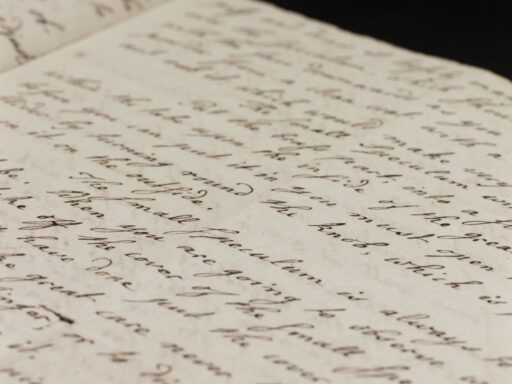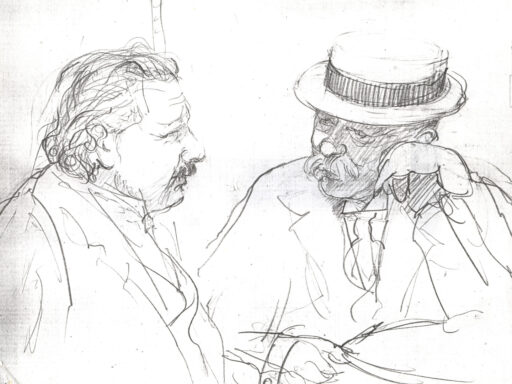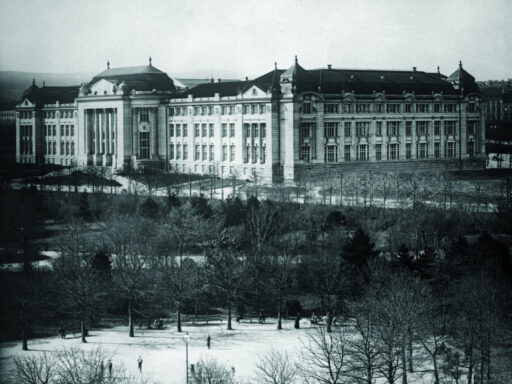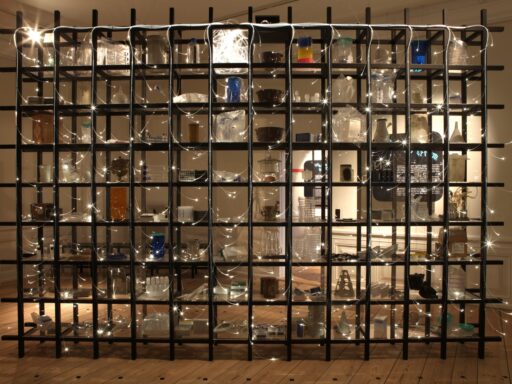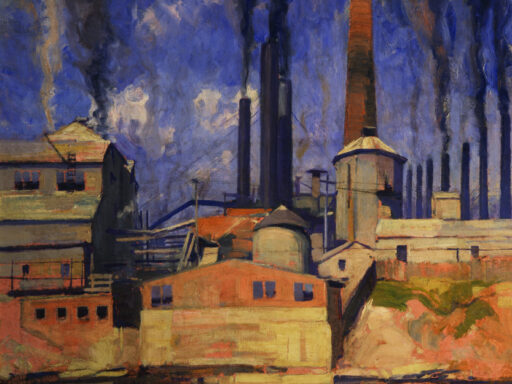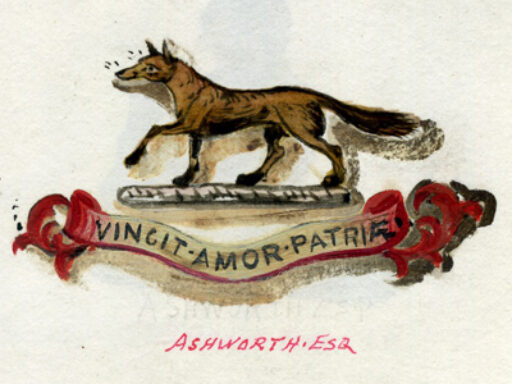Issue 08 is supersized. This is partly due to a rare collection of papers gathered under a Museums theme. These are authored by senior curators and museum directors (Dirk Van Delft, Peter Donhauser, Martha Fleming, Jennifer Landry and Robert Bud) who were involved in experimental responses to a perceived crisis in science museums at the turn of this century. In other articles, Charlotte Sleigh looks at the cultural history of the wireless through a work by science-fiction author E C Large, and Barry Murnane et al use a study of Dr Nelson’s Inhaler to explore the growth of inhalation therapy in the mid-nineteenth century. Meanwhile, Sophie Goggins et al return to museum practice by considering how museums display prosthetics. The issue also includes three articles by entrants to the Journal’s first annual writing competition for early career scholars: John Kannenberg, Joshua Butt, and Jean-Francois Fava-Verde. And it presents an experimental type of article – ‘Reflections on Research’ (see Tim Boon et al). But issue 08 starts and finishes with articles questioning the nature of modern scholarship and scholarly publication. In his Editorial, Justin Dillon considers what open-access journals can do to encourage generous scholarship, while the Journal’s new Reviews Editor, Geoff Belknap, asks what readers want from a modern reviews section.
Editorial
Museums theme – Adventures in Museology: category building over a century, and the context for experiments in reinvigorating the Science Museum at the turn of the twenty-first century
Museums theme – Quest for Absolute Zero: A Human Story about Rivalry and Cold
Museums theme – Science vs technology in a museum’s display: changes in the Vienna Museum of Technology with a focus on permanent and temporary exhibitions and new forms of science education
Museums theme – making Split + Splice: Fragments from the Age of Biomedicine
Museums theme – Beyond the Black Box: reflections on building a history of chemistry museum
Adapting to the emergence of the automobile: a case study of Manchester coachbuilder Joseph Cockshoot and Co. 1896–1939
A tale of two telegraphs: Cooke and Wheatstone’s differing visions of electric telegraphy
Prosthetic limbs on display: from maker to user
Towards a more sonically inclusive museum practice: a new definition of ’the ‘sound object
‘Great ease and simplicity of action’: Dr Nelson’s Inhaler and the origins of modern inhalation therapy
‘Not one voice speaking to many’: E C Large, wireless, and science fiction fans in the mid-twentieth century
‘Organising Sound’: how a research network might help structure an exhibition
A symposium on histories of use and tacit skills
Review: what should reviews do in an online journal? Towards a New Format
Review: More than colours (or why some Austrian school children might not want to eat red Gummy Bears anymore)


